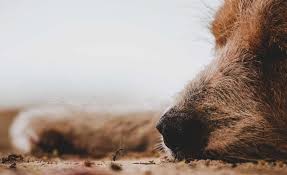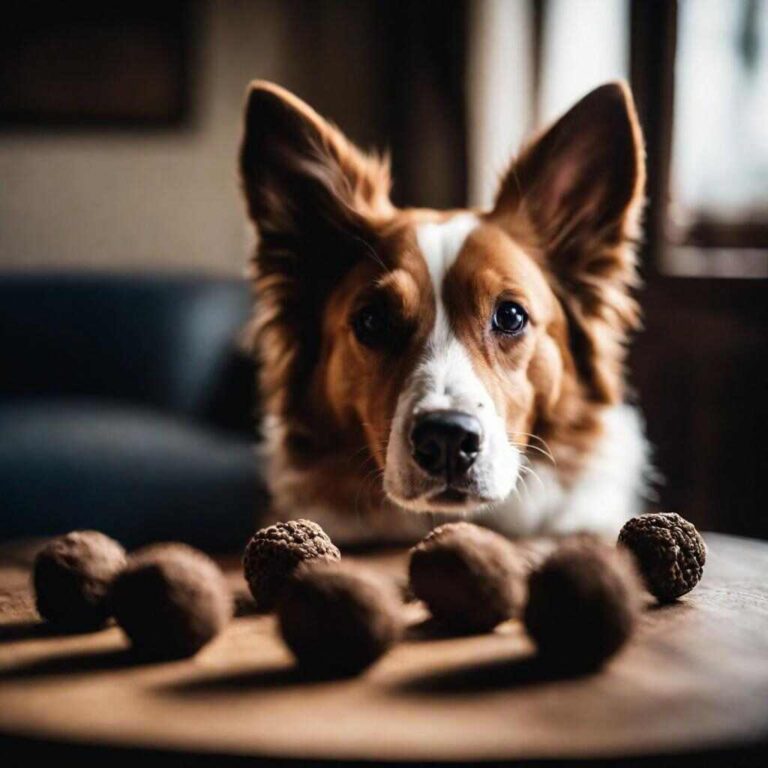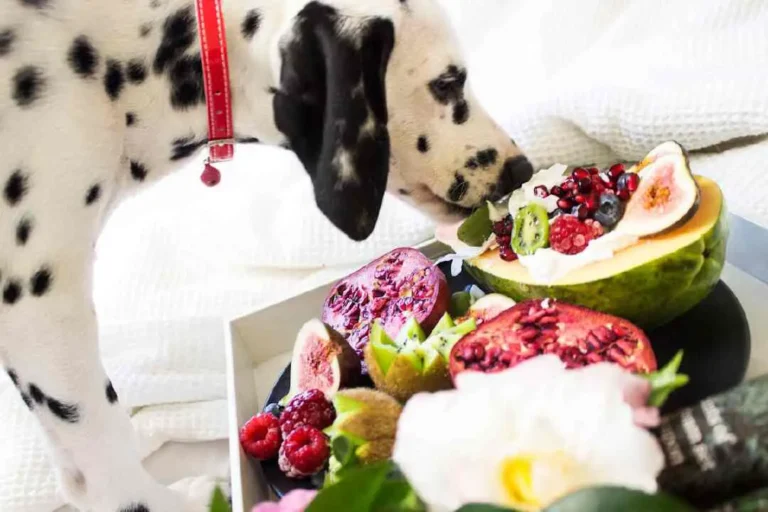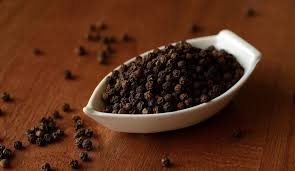Dog Ate Ant Traps?
We all know that dogs are very exciting and active creatures. This triggers them to eat, lick or chew the materials which they easily find on their way.
This can cause some major issues since dogs aren’t aware of what they can eat. Moreover, of the majority of things that dogs eat, things containing poisons are the most dangerous.
This includes ant traps – the little plastic doodads which many of us put under kitchen counters and inside pantries to help address issues with ants.
Ant baits contain insect poison blended with hydramethylnon, fipronil, boric corrosive (borate or different types of sodium borate), and avermectin B (abamectin). This attracts the worker ants while searching for food. Worker Ants carry the small volume of the bait back to their home where it is shared with other workers and this kills the whole troop of ants. Bait products act as slow poison so the foraging ants have some time to reach their nest and feed it to other members of the colony before they are killed with the ingested poison.
Hence it is more powerful and more secure to kill ants than using sprays.
Can ant poison kill dogs?
Ant poison can kill ants but most dogs should eat it in huge amount to become severely sick.
Ant traps use various different poisons to kill ants and insects dependent on their brand.
Some of the most well-known include:
- Borax
- Indoxacarb
- Abamectin
- Hydramethylnon
- Lambda-cyhalothrin
Overall, the harmful chemical substances make up about 0.05% of ant bait, which should not kill your dog. However, it could have poisonous symptoms which make dogs ill.
With respect to the harmful segment of ant traps, there is a seriously disturbing issue due to the plastic usage in the ant trap. If your dog ingested some of this plastic, leaves a chance of choking issues, if the pieces are large enough.
Why Dogs Eat Ant Traps
Ant traps will in general be baited with substances that are tempted to ants, similar to food substances, like peanut butter, sugar and bread crumbs. However, many dogs also find the odors of these traps interesting. Especially food motive dogs, they decide to give them a taste.
What happens if a dog eats ant poison?
The biggest concern is obstruction if the dog ends up gulping all the traps. You may see that a piece or the whole ant trap has been eaten by your dog.
For this situation, watch your dog intently for indications of choking or bowel obstruction.
Usually, your dog is not going to suffer other than minor gastrointestinal indications.
Plastic can be hazardous for dogs. The enormous consumption of plastic can make scratches or cuts inside your dog’s stomach-related area. Moreover, they may even frame a blockage.
ASPCA has mentioned some of the risks of placing plastics around dogs.
Some of the most well-known side effects include:
- Vomiting (especially intermittent vomiting)
- Diarrhea
- Bloody stools
- Inability to poop
- Straining
- Obvious torment
- Anxiety or frenzy
Types of Poisonous ant traps
1. Terro Ant Bait
Terro liquid ant poison is one of the most mainstream Borax ant baits. It arrives in a form of liquid and granular structures. It contain sodium borate(Borax). Borax is a chemical ingredient found in various household items like hand soaps, clothing cleansers, and cleaning items.
Borax isn’t poisonous when ingested in small quantities. However huge consumption can cause kidney failure. Moreover, even limited quantities can prompt slobbering, frequent thirst, queasiness, vomiting, and loose bowels.
2. Raid Ant Bait
Another commonly used ant bait item is Raid Ant Bait. Raid can be found in practically any store. The little bait traps comprise granules intended to be taken back to the ant provinces. It contains Abamectin, Peanut margarine, vegetable oil, microcrystalline wax, powdered sugar. It is seriously harmful when dogs are tempted by the odor of peanut butter and powdered sugar added substances, especially when consumed in large quantity. Symptoms include vomiting, seizures, and tremors.
3. Hot Shot Ant Bait
Hot Shot ant bait stations contain Indoxacarb. This can be found in some topical flea and tick medications for dogs, such as Activyl. Ingested in huge quantities, indoxacarb, an anti-parasitic drug, can be harmful, prompting neurological impacts. Ant bait traps have limited quantities of indoxacarb, so except if your dog has eaten numerous traps, the danger of poison effects is exceptionally low.
4. Amdro Ant Bait
Amdro brand ant bait comes in two different types: ant bait stations and granules. The ant bait stations are made for indoor use while the granules are made for outside family protection. It contains Hydramethylnon.
Hydramethylnon appears to be very safe in warm-blooded animals, including dogs. An enormous amount of this chemical could harm dogs. The most well-known indications of ingestion are choking or vomiting.
5. Spectracide Ant Bait
One sack of this ant bait is equipped for treating more than 1500 square feet. It contains Lambda-cyhalothrin.
This chemical is just found in insecticidal items, particularly in gardens/yards. Lambda-cyhalothrin is poisonous when ingested and can be aggravating when it connects with the skin. Toxicity depends on the dosage however even low dosages of ingestion can hurt your dog.
What to do if a dog eats an ant trap?
As a first thing, take the remaining ant bait from your dog’s surroundings to prevent further impact. Watch your dog is active and responsive for the next 48 hours.
Once done, decide precisely which parts of the trap your dog has eaten or gulped.
In mild symptom cases, you can help the dog to pass through the poisons at home. You can give them a small quantity of below fiber-rich food items to clean up the poison in their digestion tracts.
This includes the following:
- Small slices of entire wheat bread
- Pumpkin (it can make dogs crap)
- Plain butternut squash
- Ground spinach
- Psyllium husk powder
Don’t give these foods in larger volume to your dogs as it might affect their stomach further.
In genuine cases, like if your dog has consumed more than 1 ounce/kilogram of Amdro bait or equivalent ant bait. Then, inducing vomiting with hydrogen peroxide is a decent first aid option.
However, this will not be a good option for different brands of Ant baits like Terro. Since it has Borax which is normally burning and dehydrating so it isn’t prescribed to induce vomiting with hydrogen peroxide. Blending these two chemical substances can prompt more serious side effects.
Apart from this, numerous ant bait stations or traps are made in hard plastic or metal packaging which can possibly cut your dog’s mouth, break teeth, or become held up in the throat.
If your dog ingested plastic, you can attempt to feed your dog with some pounded potato or a couple of cuts of bread. So that they’ll fold over the edges of sharp plastic and become a kind of casing. At the same time, never try to eliminate the foreign object from your dog’s throat yourself. Forcing a dog to vomit something like plastic is risky, as it can harm the tissue of the esophagus, as the edges of the plastic are sharp.
If you notice your dog salivating more or coughing continuously, at that point you need to counsel a vet immediately. If you can’t reach out to a vet immediately, you can call the pet poison control team at 1-800-213-6680. Prior to calling, guarantee that you have gathered as much data as possible. Like, what amount of ant bait was ingested, your dog breed, your dog’s recent bodyweight, and the ingredients used in the ant trap. This will frequently be found somewhere on the ant trap itself or on the packaged wrapper.
Pet poisoning helpline groups comprise veterinary experts and toxicologists. They will actually decide whether your pet requires treatment after the ingestion of a harmful substance by enquiring about you. If needed, they will engage a vet. A veterinarian will be able to sedate a dog in order to remove the choked item safely. Then, they will provide suitable medications for a course of time to recover your dog from the poisonous effects of ant bait.

In some cases, your dog will presumably be vomiting and having diarrhea post recovery from eating ant bait. This implies that they are losing a lot of water and are so in danger of dehydration and related complications. The poisons used in ant bait also frequently have a dehydration impact which triggers further thirst. Hence offer a lot of water to your dog continuously to prevent the impact of dehydration.
You may need to switch your doggy’s eating regimen after an occurrence of poisoning with something like ant bait. While the indications may disappear a few days, the gut will require somewhat more time to completely recover. A gut-friendly eating regime like a raw or bland diet will help to solve stomach-related complications.
How to keep dogs from eating ant traps?
The most ideal approach to stop your dog from eating an ant trap is by placing them out of reach. You could better place them on top of a large cupboard or storage area.
Use dog-proof dustbins in the home. Some garbage bins have a pedal on the base and a locking instrument on the top, making it hard for dogs to give huge pressure to open and sneak through.
Alternatives to ant trap
Homemade pesticides could be produced using three tablespoons of household soap liquid and 16 ounces of water. This could help to clear ants if you focus on the most intense ant attacked areas in your house. An anthill in your backyard could usually help ants to enter inside your home easily. But, a quick spray with a water hose could dissolve most of the ant homes without harming your pets or the ants.
Pet-safe alternatives are locally available in many pet stores. Other choices are using essential oils like citrus, eucalyptus, and lemongrass to control this, which can be alright for dogs when used in small quantities. Another ant control agent is diatomaceous earth, which is used usually to get rid of insects.
Credit: Photos by Amit Talwar on unsplash and Andar Moon on pixabay.







